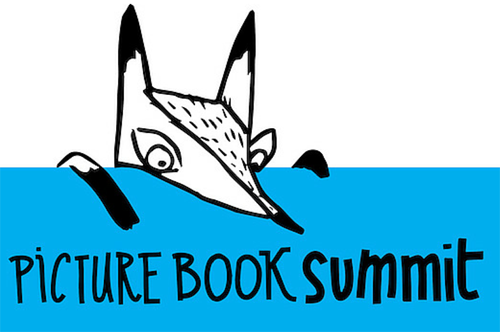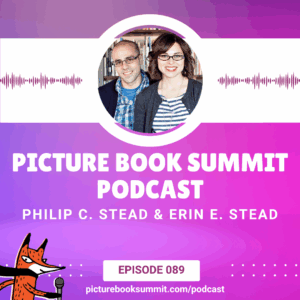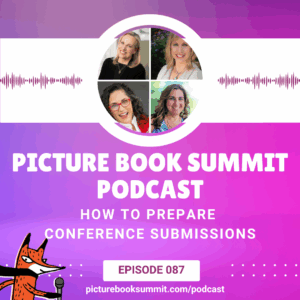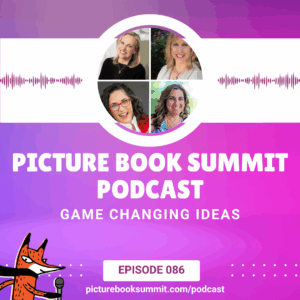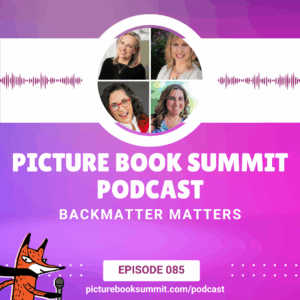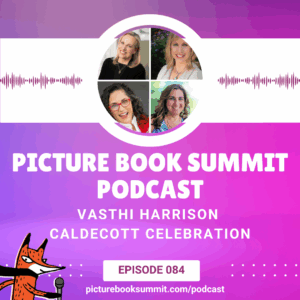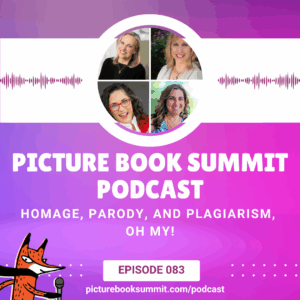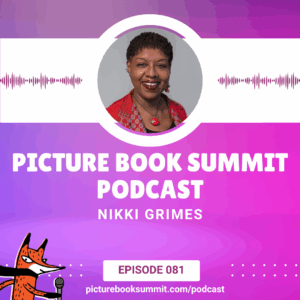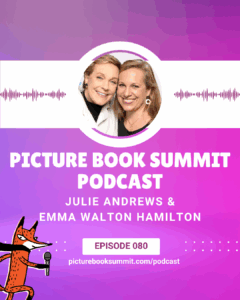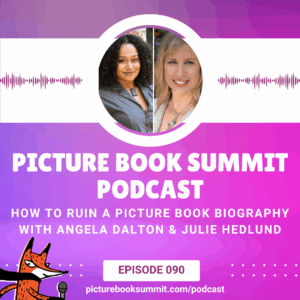
Podcast – How to Ruin a Picture Book Biography
Julie Hedlund and Angela Dalton are both authors of picture book biographies about well-known celebrities. Julie wrote SONG AFTER SONG: The Musical Life of Julie Andrews and Angela authored TO BOLDY GO: How Nichelle Nichols and Star Trek Helped Advance Civil Rights. Before their books were acquired, they did everything wrong. In
